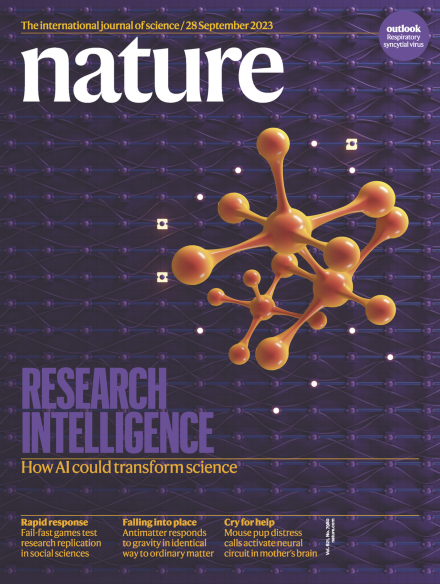Ver ítem
- xmlui.general.dspace_homeCentros Regionales y EEAsCentro Regional Patagonia SurEEA Santa CruzArtículos científicosxmlui.ArtifactBrowser.ItemViewer.trail
- Inicio
- Centros Regionales y EEAs
- Centro Regional Patagonia Sur
- EEA Santa Cruz
- Artículos científicos
- Ver ítem
Native diversity buffers against severity of non-native tree invasions
Resumen
Determining the drivers of non-native plant invasions is critical for managing native ecosystems and limiting the spread of invasive species1,2. Tree invasions in particular have been relatively overlooked, even though they have the potential to transform ecosystems and economies3,4. Here, leveraging global tree databases5,6,7, we explore how the phylogenetic and functional diversity of native tree communities, human pressure and the environment influence
[ver mas...]
Determining the drivers of non-native plant invasions is critical for managing native ecosystems and limiting the spread of invasive species1,2. Tree invasions in particular have been relatively overlooked, even though they have the potential to transform ecosystems and economies3,4. Here, leveraging global tree databases5,6,7, we explore how the phylogenetic and functional diversity of native tree communities, human pressure and the environment influence the establishment of non-native tree species and the subsequent invasion severity. We find that anthropogenic factors are key to predicting whether a location is invaded, but that invasion severity is underpinned by native diversity, with higher diversity predicting lower invasion severity. Temperature and precipitation emerge as strong predictors of invasion strategy, with non-native species invading successfully when they are similar to the native community in cold or dry extremes. Yet, despite the influence of these ecological forces in determining invasion strategy, we find evidence that these patterns can be obscured by human activity, with lower ecological signal in areas with higher proximity to shipping ports. Our global perspective of non-native tree invasion highlights that human drivers influence non-native tree presence, and that native phylogenetic and functional diversity have a critical role in the establishment and spread of subsequent invasions.
[Cerrar]

Autor
Delavaux, Camille S.;
Crowther, Thomas W.;
Zohner, Constantin M.;
Robmann, Niamh M.;
Lauber, Thomas;
van den Hoogen, Johan;
Kuebbing, Sara;
Liang, Jingjing;
de-Miguel, Sergio;
Nabuurs, Gert-Jan;
Peri, Pablo Luis;
Maynard, Daniel S.;
Fuente
Nature 621 (7980) : 773-781. (September 2023)
Fecha
2023-09
Editorial
Springer Nature
ISSN
1476-4687 (online)
0028-0836 (print)
0028-0836 (print)
Formato
pdf
Tipo de documento
artículo
Palabras Claves
Derechos de acceso
Abierto
 Excepto donde se diga explicitamente, este item se publica bajo la siguiente descripción: Creative Commons Attribution-NonCommercial-ShareAlike 2.5 Unported (CC BY-NC-SA 2.5)
Excepto donde se diga explicitamente, este item se publica bajo la siguiente descripción: Creative Commons Attribution-NonCommercial-ShareAlike 2.5 Unported (CC BY-NC-SA 2.5)


